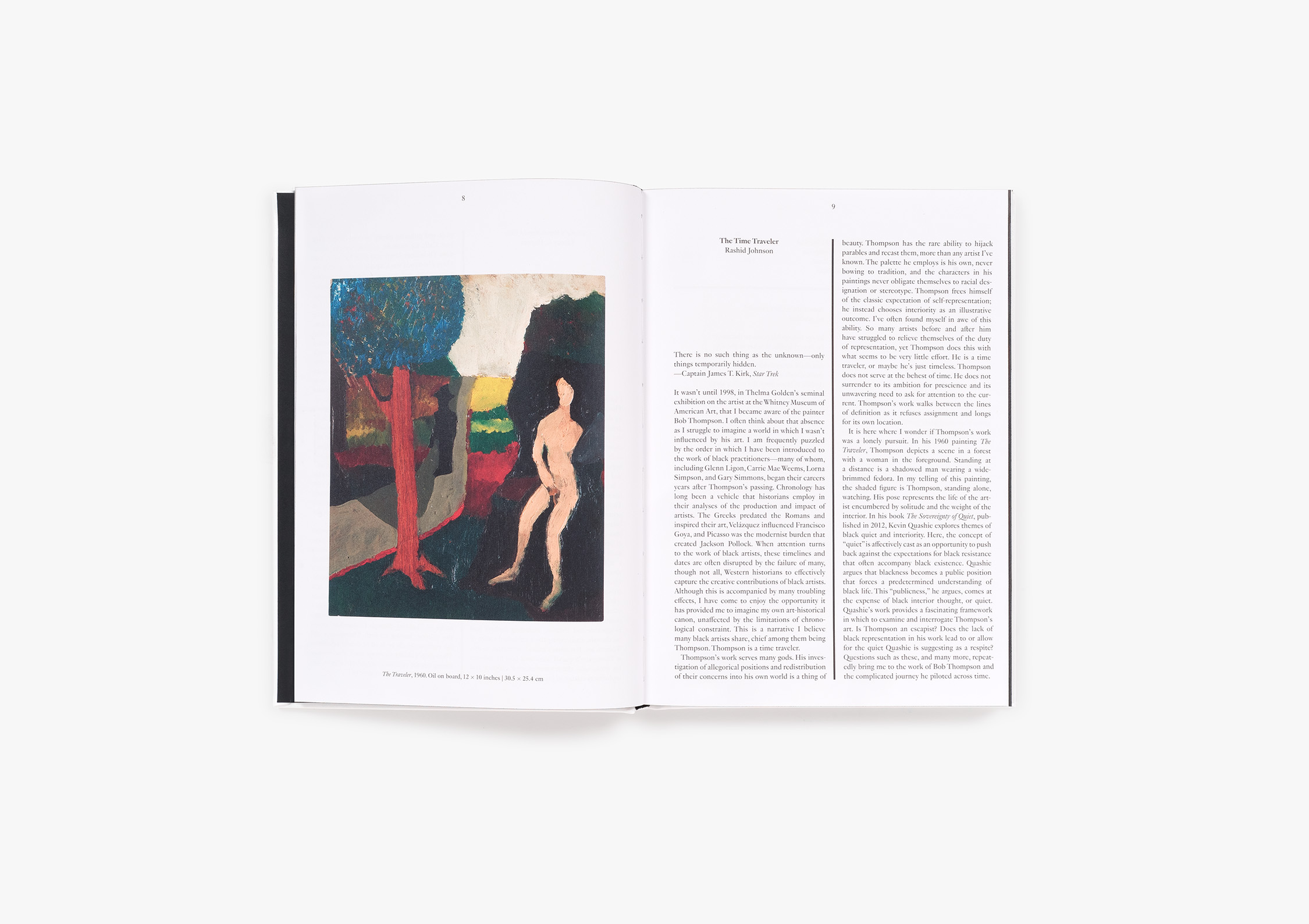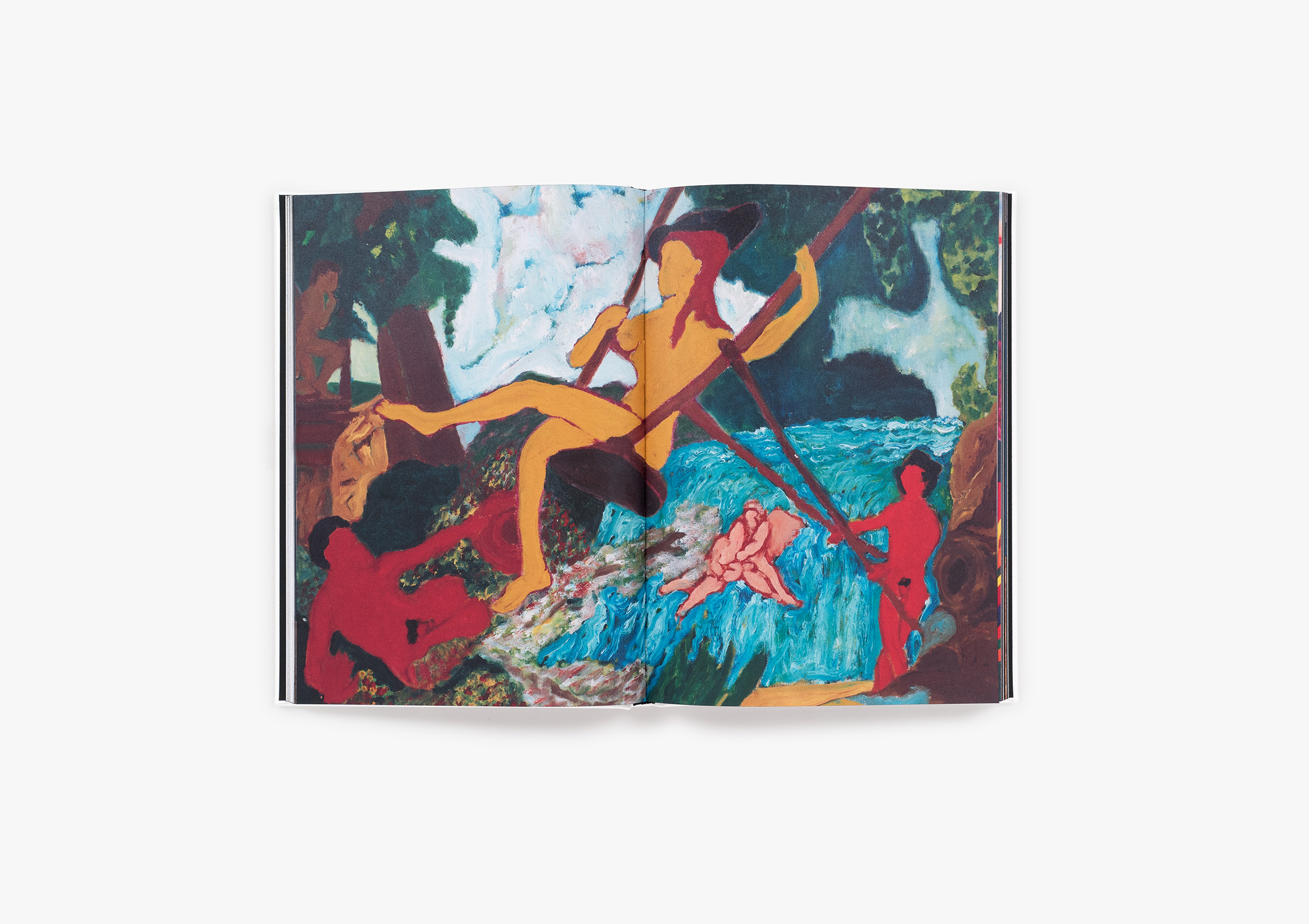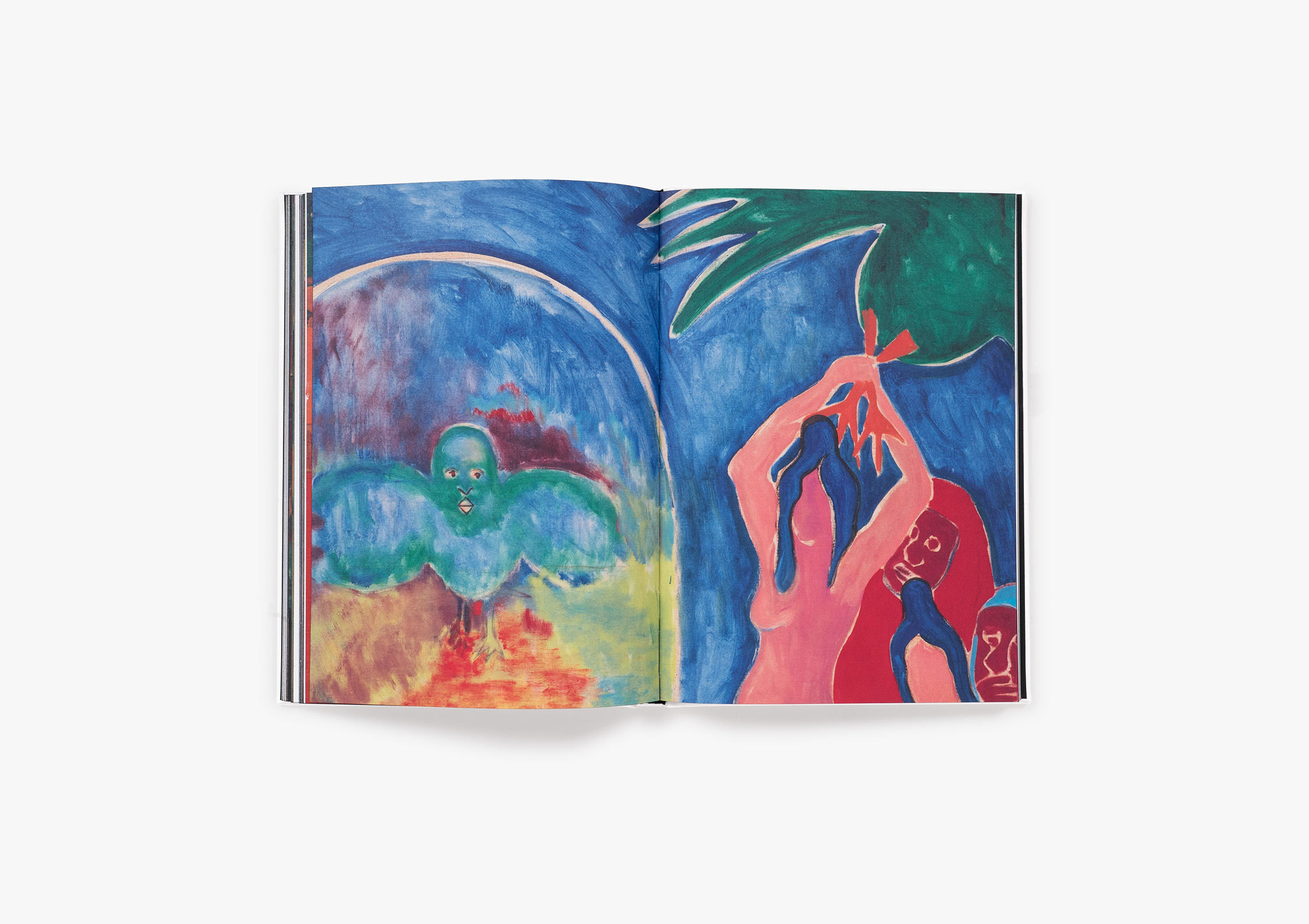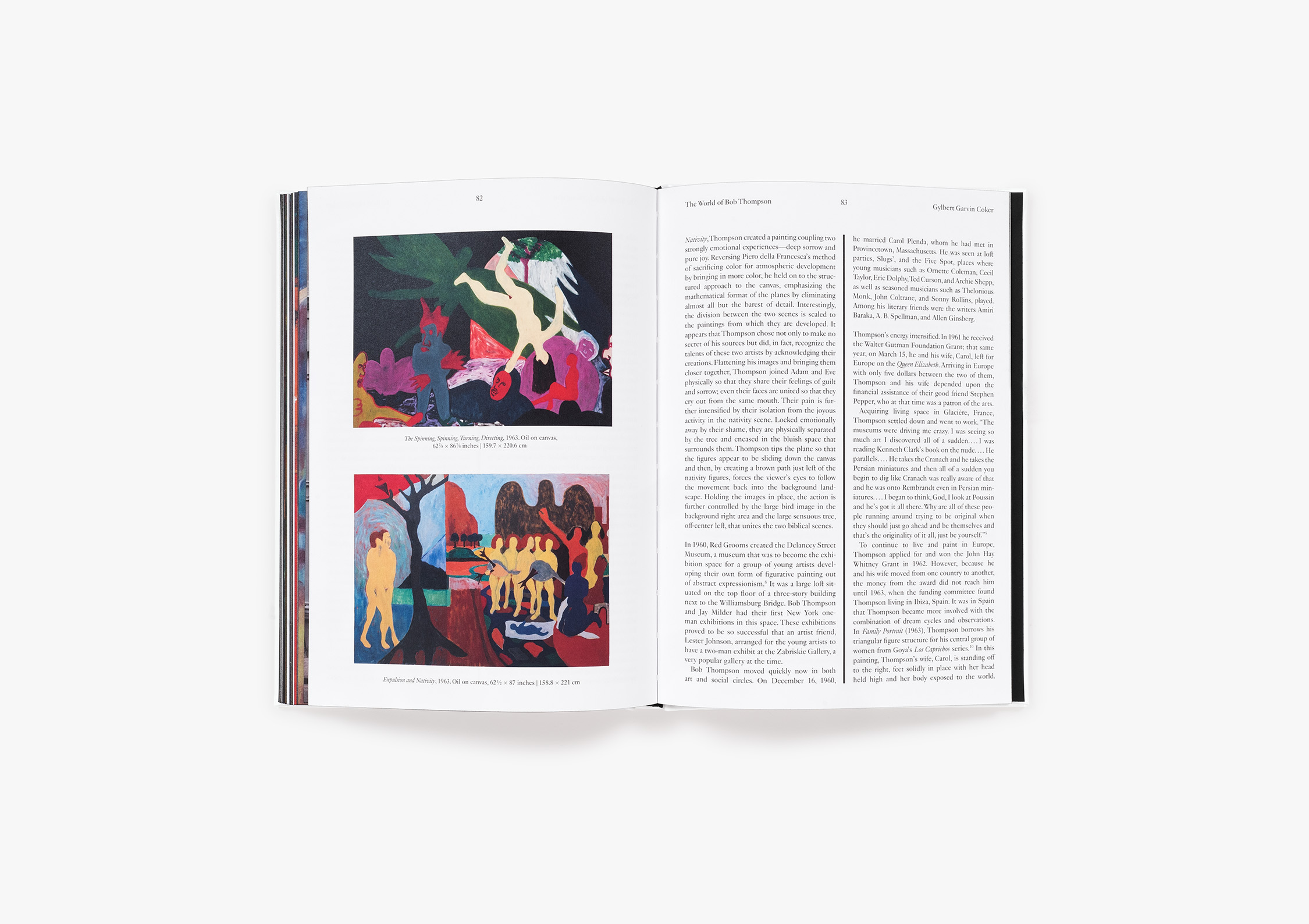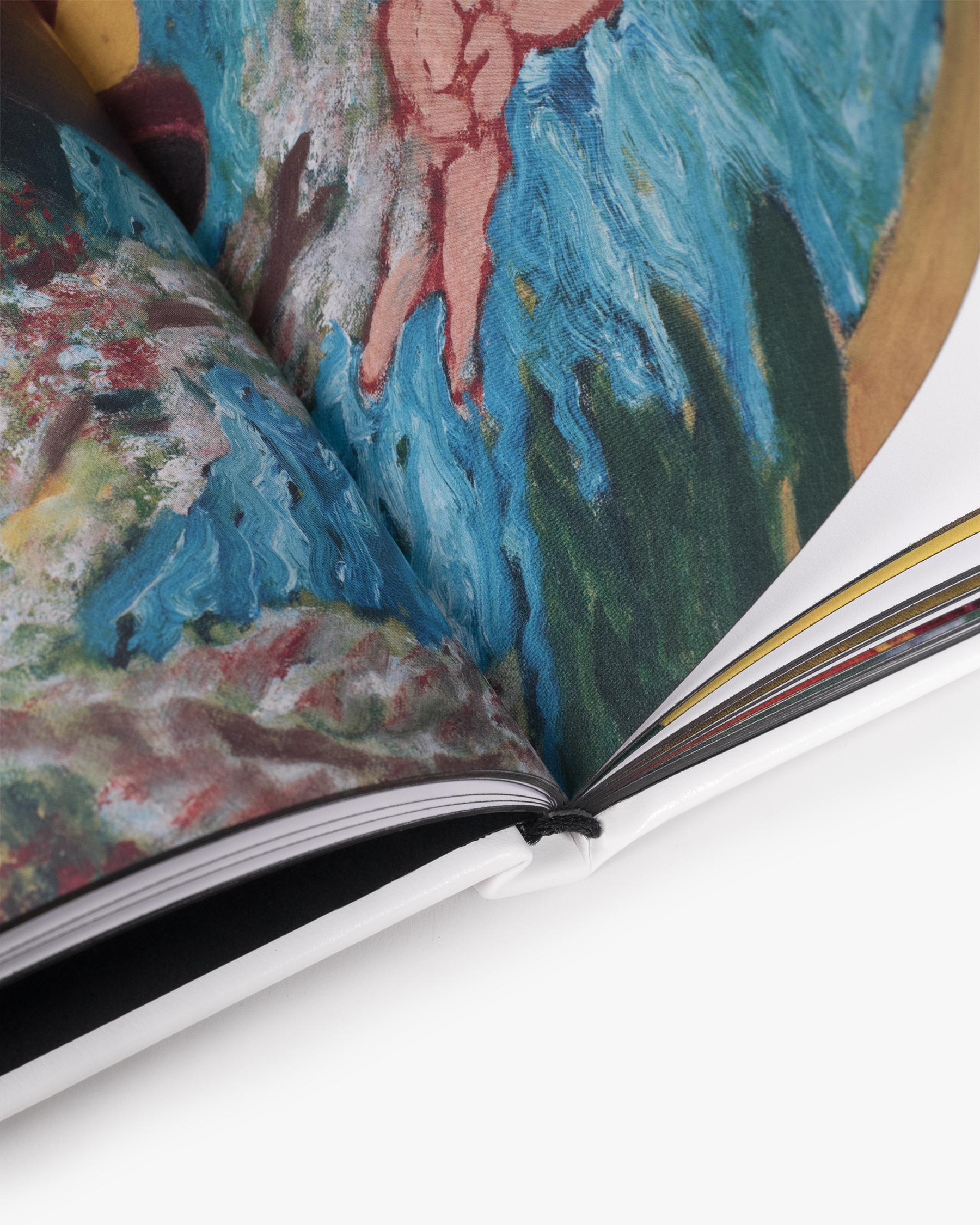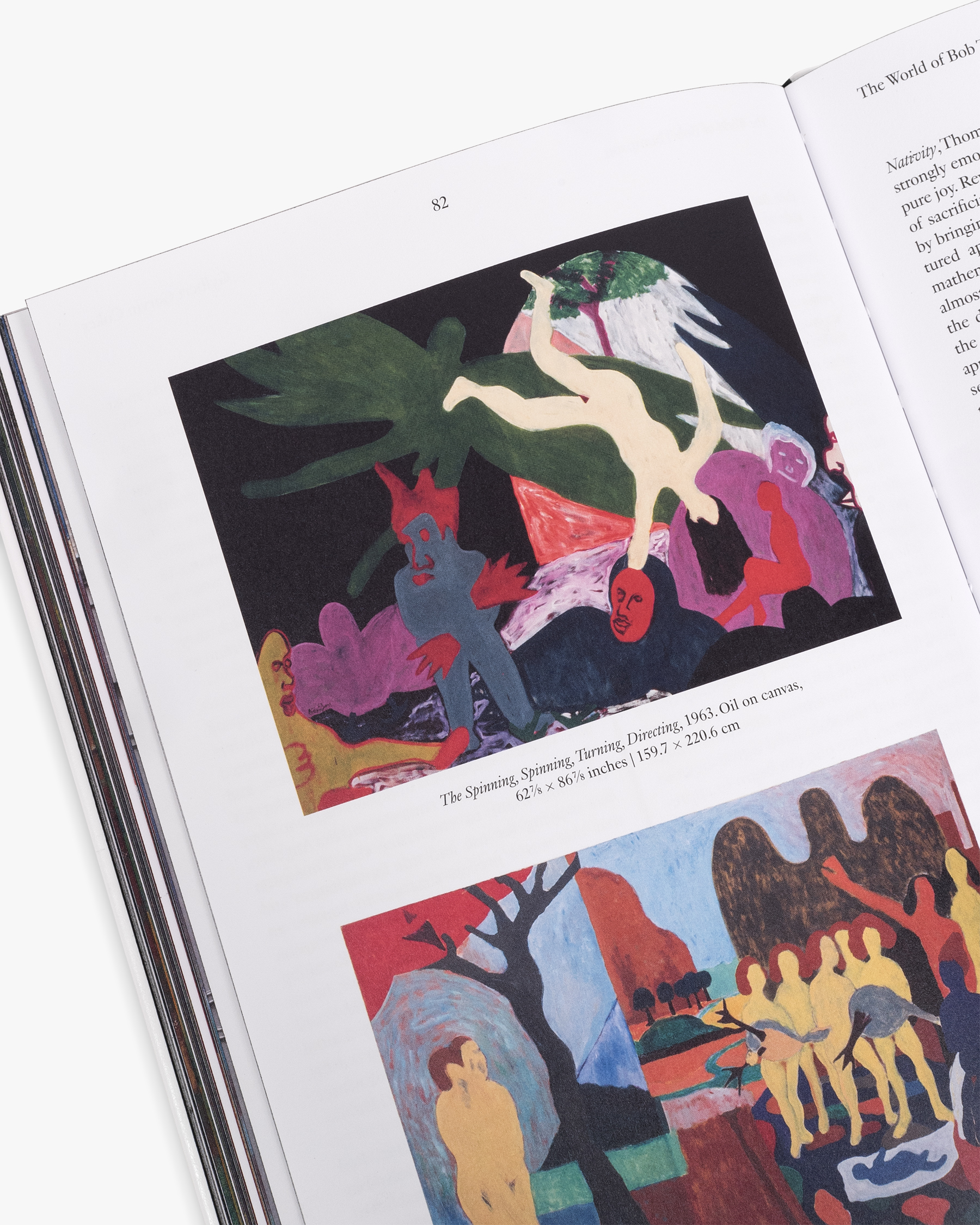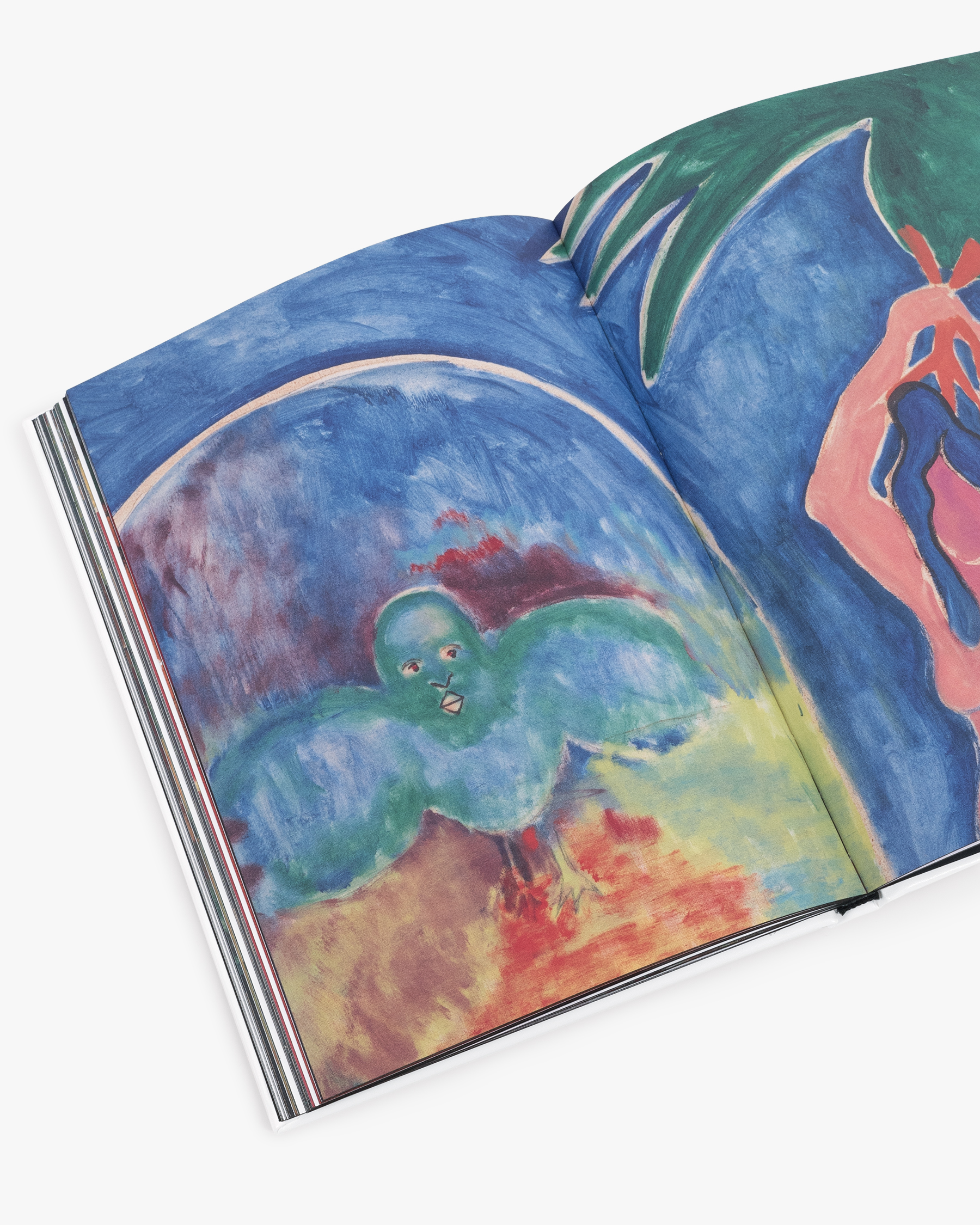Clarion Vol 7: Bob Thompson: So let us all be citizens
Curator’s Note: Kinda Blue
Excerpt:
I knew I wanted to curate an exhibition of Bob Thompson’s work even before 52 Walker opened its doors. Following presentations of six artist-driven installations, So let us all be citizens was the first historical show and the first paintings show at the gallery. Curation is a practice, and each exhibition presents its own challenges and opportunities. In mounting this exhibition, I had the chance to examine the expectations I held around stewarding works centered on figuration—especially those by black painters. Thompson’s work, full of bodies rendered in ocher and teal, explores race, politics, and social issues in America that can be read through the lens of class, art history, and different registers of people. When the color black does appear, it most commonly takes the form of a monster, a telling expression of Thompson’s thoughts about previous representations of the black body. Ultimately, I came to realize my admiration for artists who are subversive in their subtleties.
It’s easy to acknowledge that Thompson recasts famous art-historical works, such as paintings by Titian, Bruegel, and Jean-Honoré Fragonard, and themes, including bathers and bacchanals, challenging the established canon of Western art. But what’s more interesting, to me, is Thompson’s use of color and how he imbued his works with the improvisational cadence and exploratory nature of jazz. His paintings bear the spirit and pulsating energy of New York’s Five Spot Café, for example, a haven for the musicians Thelonious Monk and John Coltrane, and where Thompson was a regular. In the generative relationships and reciprocal creative moments within the jazz community, Thompson found a sense of belonging through which he began weaving music into the fibers of his work. This plays out particularly in the works’ delineation and fusing of the human body, allegory, and natural landscapes, all rendered in saturated colors that do not necessarily mimic the constructed or natural orders of the world itself. Through his visual allegories, especially in the birds that he depicted throughout his career, Thompson illustrated the complex relations between man and nature, evincing various facets of beauty and repulsion as well as freedom and restriction.


